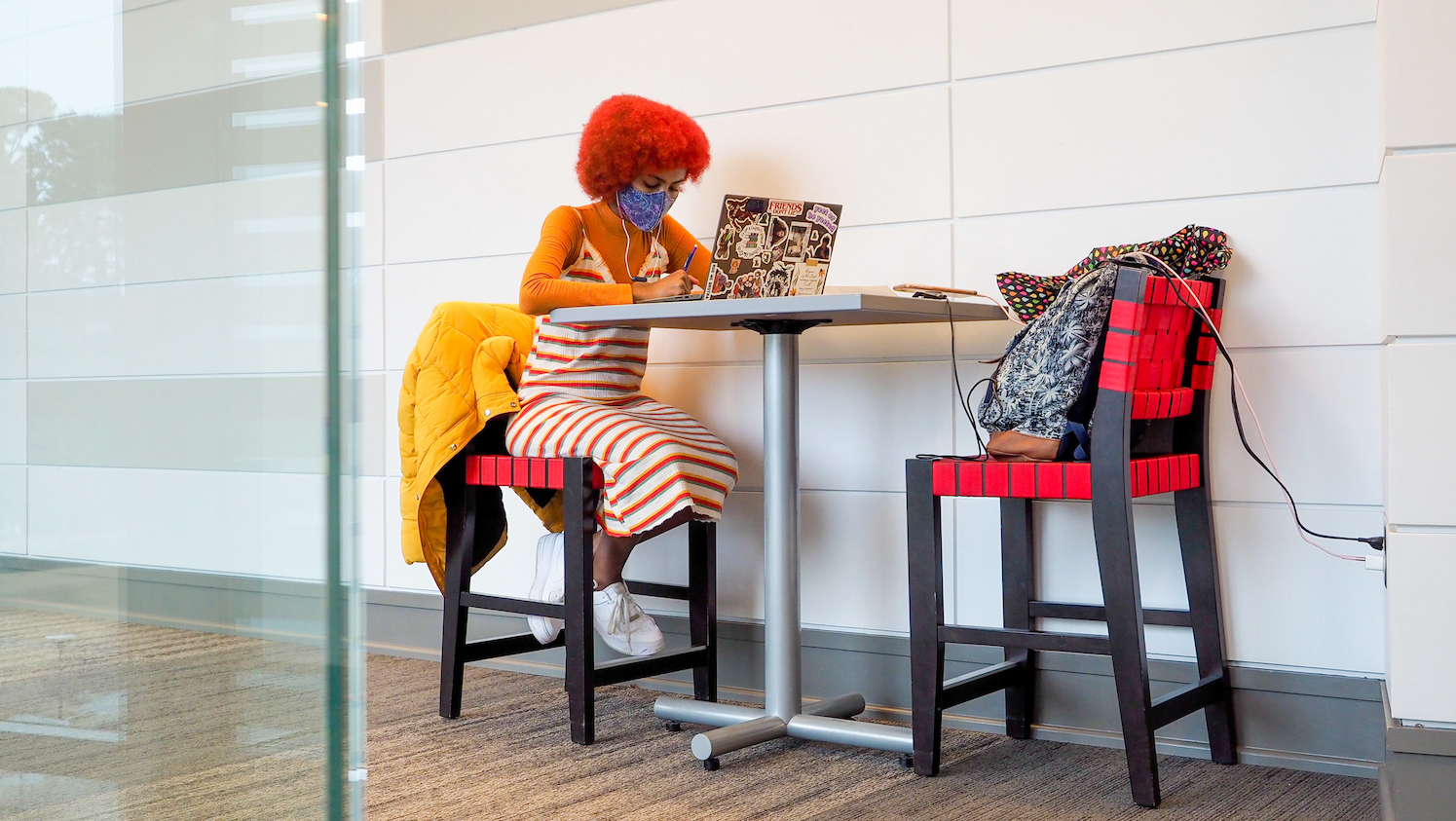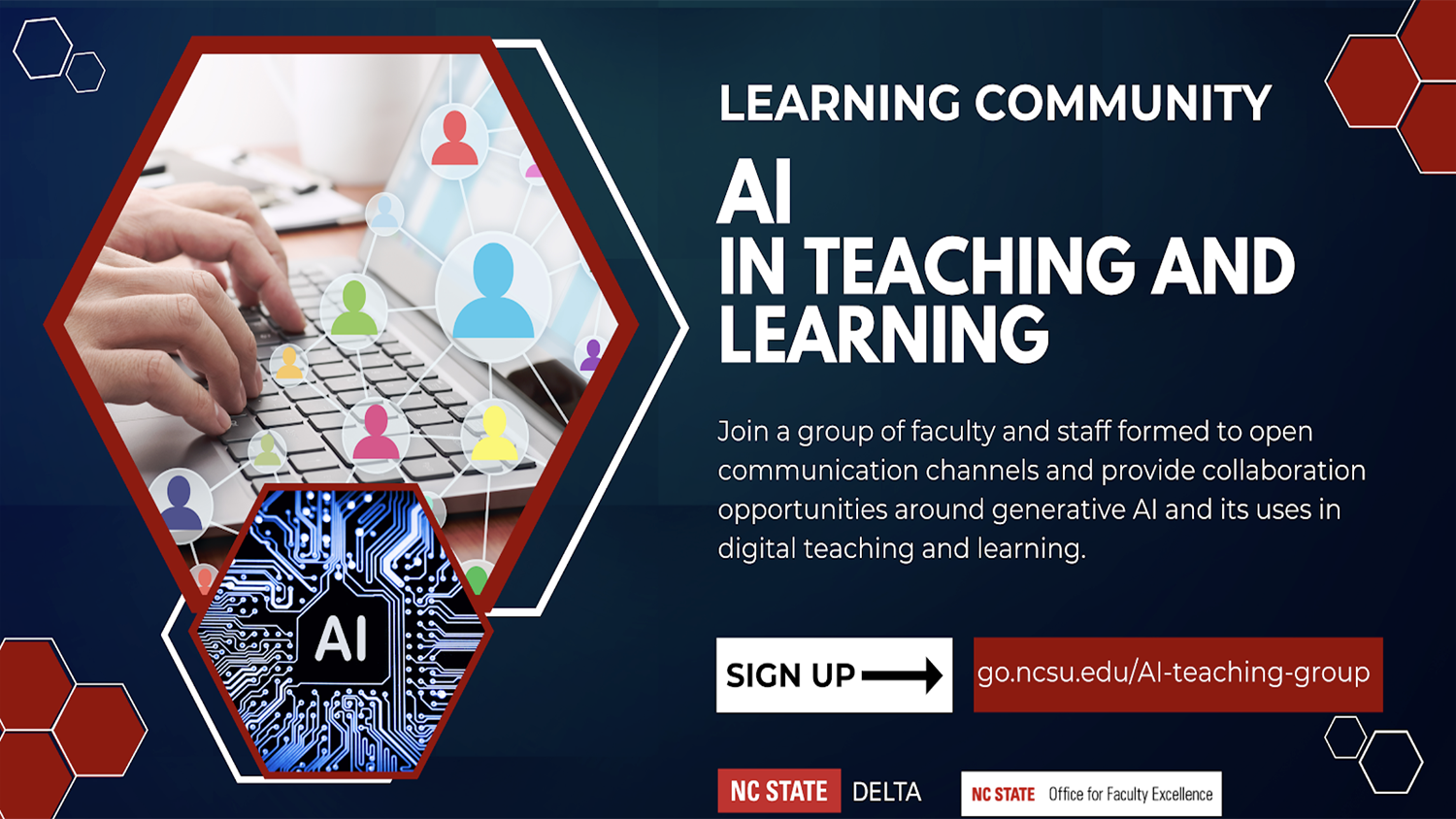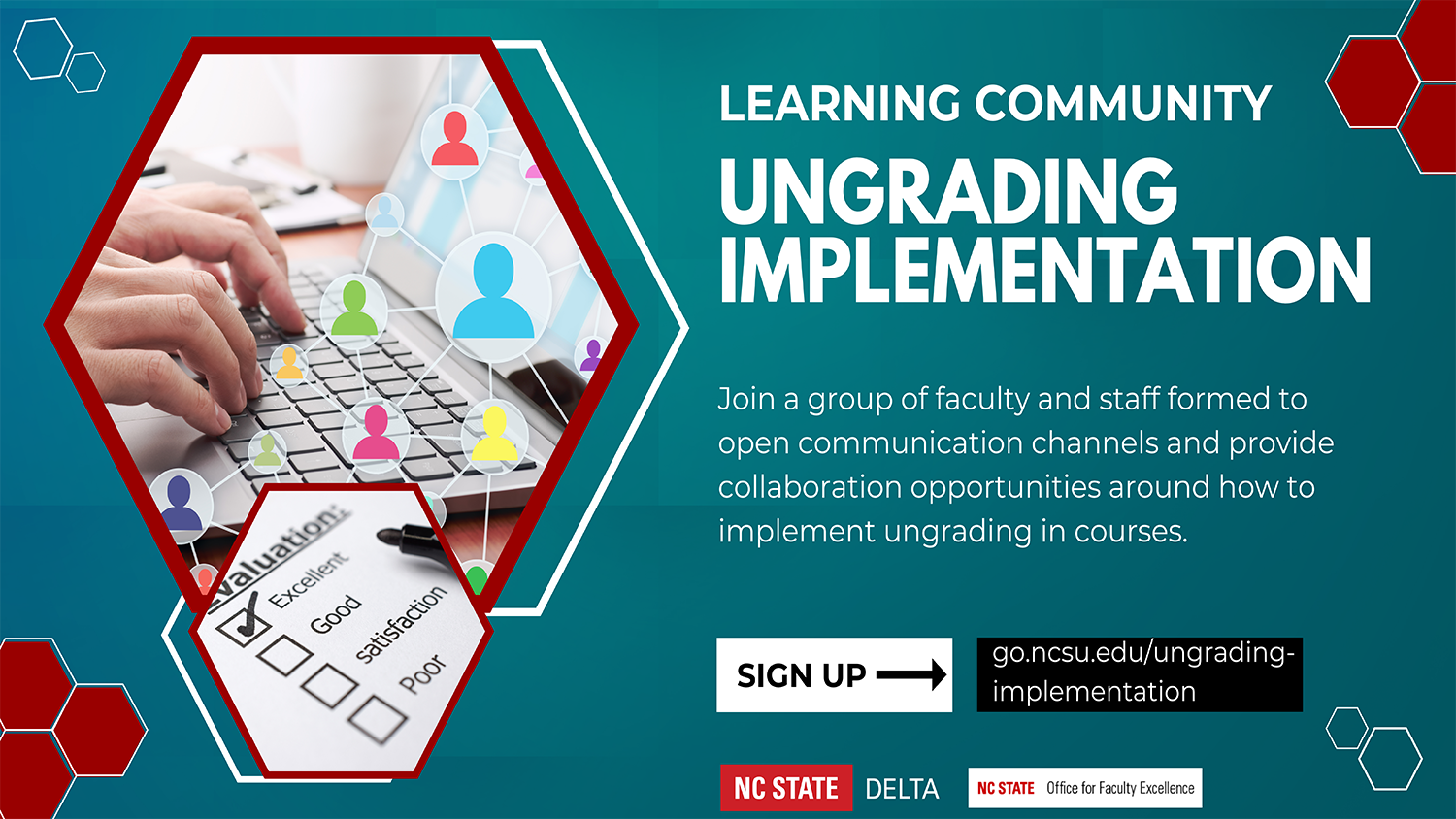Meet Them Where They Are: Creative Alternative Assessments

With the fall semester less than a month away and curriculum planning shifting into high gear, now is the perfect time to think about different ways to engage students in learning using creative alternative assessments and learning technology tools.
In May 2020, DELTA’s Planning and Assessment team outlined useful methods and resources for alternative assessments faculty could easily design and integrate into their course curriculum. Our main goal was to help instructors think of alternative ways to assess student learning at a time when the university was pivoting to emergency remote teaching and in-person proctored exams were not possible.
A good deal of what faculty learned and adapted to last year can continue or be repurposed for fall courses. As you are thinking about assessments that best meet your upcoming course, unit, and/or topic objectives, goals, and outcomes, we recommend considering the value in alternative assessments and tools that are readily available. We encourage you to try different ways to engage students in formative and summative assessments by harnessing technologies they are familiar with to show evidence of learning via different instructional methods (in-person, blended, HyFlex, and online). Here are a few of our favorites:
Classroom Assessment Techniques (CAT) are easy-to-reach formative assessment methods used to check course-related knowledge and skills, student attitudes and self-awareness, and reactions to instructional methods: background knowledge, minute papers, and muddiest point(s).
- Understanding students’ background knowledge can be done by asking simple questions and using their answers to compare pre- and post-course knowledge and skills. These questions can be asked at the start of a topic, unit, and/or semester. Our recommended tools available at NC State for background knowledge question-and-answer activities include Jamboard, Google Forms, Padlet, Moodle activities (forum, quiz, chat, choice), Zoom (chat).
- Minute papers and muddiest point(s) are two of the most frequently used formative classroom assessment techniques.
- Minute papers are one to two short answer questions used to gauge student learning such as “What were the most useful two things you learned during today’s class (lecture, homework, video presentation)?” and “What important questions remain unanswered?”
- Muddiest points are known to be the simplest classroom assessment technique to embed into a lesson. Students can quickly share the most unclear or confusing points taught in a class, helping the instructor to know which topics need to be revisited for further discussion and clarification. Jamboard, Google Forms, Qualtrics, Zoom (chat), or Moodle activities (forum, chat) can be easily created and used for both minute papers and muddiest point assessments.
- The inherent value of traditional quizzes and exams and the need for proctoring to ensure the academic integrity of each student is wholeheartedly understood. There are also situations when assignments can be successfully completed using tools students have on-hand and are often used on a daily basis. Presentation options we list here are not novel, per se, but we hope to entice out-of-the-box thinking when it comes to these forms of assessment.
- Presentations, online or in-person, give students the opportunity to explore concepts and present what they learned in new ways. This real-world application assessment method requires students to think critically about how they talk and answer questions about what they learned. Digital slides via PowerPoint and Google Slides are the most common tools used to give presentations; however, there are other formats to consider and encourage students to use.
- Multiple students can work on a presentation, blog, video or podcast using easily found online tools. Using the cooperative group activity, Jigsaw, students working solo or as a group research one aspect (a piece) of a large topic (puzzle). Each student/group teaches their topic to the class, and subsequently contributes to completing the larger assignment. Requiring the participation of each student, this real-world method for researching, learning, and presenting knowledge is effective for formative and summative assessments.
- Infographics represent information or data using visuals and minimal text to give a quick and clear overview of a topic such as research findings, survey data, and a report summary. Useful for summative assessments (e.g., assignment topic, course unit, comprehensive course project), students synthesize what they learn by applying critical and reflective thinking in order to succinctly explain complex research, processes, or data. Individuals and teams can work dynamically using Google Slides and Adobe Creative Suite—all available to NC State faculty and students—to create infographics. Free online templates are also available from Canva, Venngage, Infogr.am, and Piktochart as examples.
- Timelines are another way students can present and share research processes and projects by telling a story of the past, present, or future. To be successful using timelines, students must successfully research a topic, synthesize the information, and arrange their new knowledge. Collaborative online software can be used by student teams or individuals for completing assignments. Timetoast, Venngage, Sutori, and Time.Graphics are free online timeline creation tools.
- Faculty can employ students’ use of smartphones and tablets for creating engaging presentation types of assignments. Documenting processes, digital narratives, and documentary videos can be produced using assigned course topics. Adobe Creative Suite, iMovie, Vimeo’s video maker, and other online templates are easily accessible for creating and editing video content for demonstrating successful learning.
- Similarly, podcasting gives students the opportunity to dive deep into a topic and master what they learn so they can verbally deliver their new knowledge. Adaptable to any discipline, podcasting is a great way to add an engaging assessment to a course—it can be used by students to explain a scientific finding and its significance to their field; art students can interview artists to learn and share processes for creating works of art; students can present an oral history project; and students can give a narrative about what they learned in the course. More than a handful of free tools are available for learning, Audacity being the most common and easy-to-use cross-platform software for recording and editing podcasts. (See 12 Best Free Podcast Editing Software 2021 list, on the Sorry, I was on Mute blog.)
The above methods can stand alone, or they can be embedded in other assignments for effectively assessing student learning instead of administering traditional tests or research reports. These assessments benefit student learning by requiring comprehensive understanding of a topic, promoting engagement and creativity, increasing motivation, improving communication skills and teamwork, and functioning as a concrete source of evidence of student learning.


